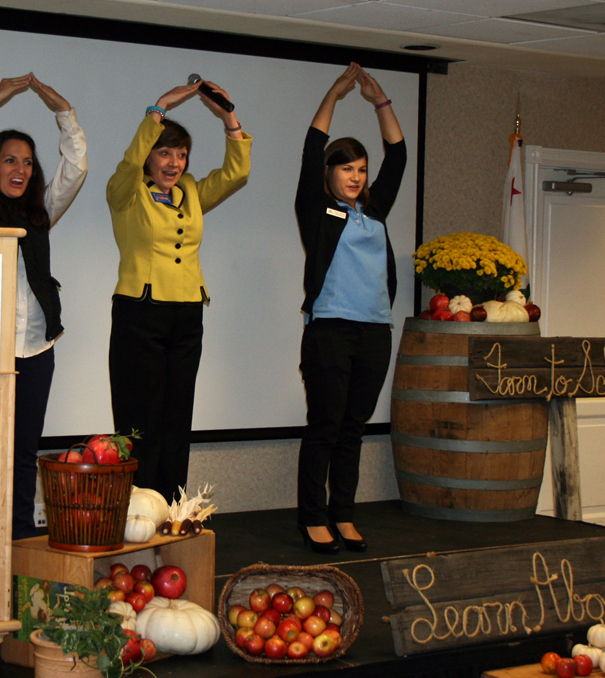2014 California Winegrape Harvest: Earliest and Third in a String of Great Vintages this Decade
By: Monique Bienvenue; Cal Ag Today Social Media Manager/Reporter
California vintners and growers across the state are grateful for another excellent vintage, despite an ongoing drought and earthquake that rocked south Napa in late August just as crush was getting underway. A mild winter and spring caused early bud break, although the overall length of the growing season was similar to past years.
“We are about 80 percent done, going into the second week of October,” said Glenn Andrade, vice-president winemaking for Trinchero Family Estates, farmers of more than 10,000 acres of vineyards across Napa, Sonoma, the Central Coast, Lodi and Amador. “We’ve had pretty light to moderate yields this harvest, resulting in exceptional quality. Our Amador Zinfandels are amazing—great intensity and quality. We should be done by the week of October 20, which is early for us, as typically, it’s the first week in November.”
According to the United States Department of Agriculture Pacific Regional Crop Production Report of August 2014, California’s winegrape production this year is forecast at 3.9 million tons, down 8 percent from 2013’s record high crop. The 2014 harvest is the third largest on record.
“The 2014 vintage was by far the earliest start of any harvest I can recall,” said Adam Mettler, director of winemaking for Michael David Winery in Lodi. “Early concerns about adequate storage quickly faded as our vineyards continued to check in at 20-25 percent down in volume from the previous two years. The moderate crop size allowed for rapid sugar accumulation early, which created some challenging high-density fermentations, but resulted in some real nice wines.”
A compacted harvest began in July for sparkling wines and started winding down by mid-October for later ripening varieties. Moderate temperatures, with only minimal rain in September, allowed for even ripening. Despite unusual circumstances, President and CEO of Wine Institute Robert P. (Bobby) Koch is extremely pleased with the 2014 vintage for California wine.
“We are very pleased with the assessments of an exceptional 2014 vintage for California wine statewide,” said Koch. “And we look forward to sharing these outstanding 2014 wines with wine lovers throughout the nation and the world. Although we came through this harvest without major impact, we’re keenly aware of the ongoing drought and its effects on California’s entire agricultural community, including wine. We are doing our part as vintners and growers to mitigate water usage through a variety of sustainable practices.”




















